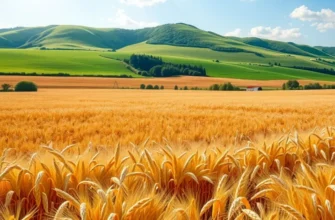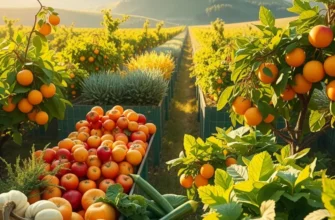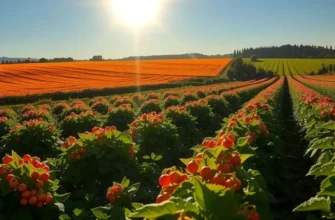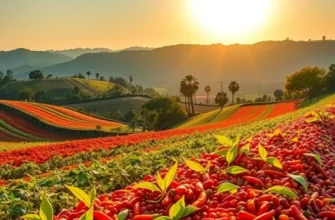Every corner of the globe bursts with vibrant food traditions that define cultures and bring people together. Festivals are the heartbeat of these culinary expressions, showcasing the unique flavors, rituals, and communal spirit of diverse societies. Whether it’s the spicy aromas of Indian Diwali sweets, the savory scents of Italian Festa della Repubblica, or the tantalizing street foods of the Vietnamese Tet, each festival offers a feast that respects traditions and ignites curiosity for food lovers around the world.
The Flavors of Celebration: Iconic Festival Foods
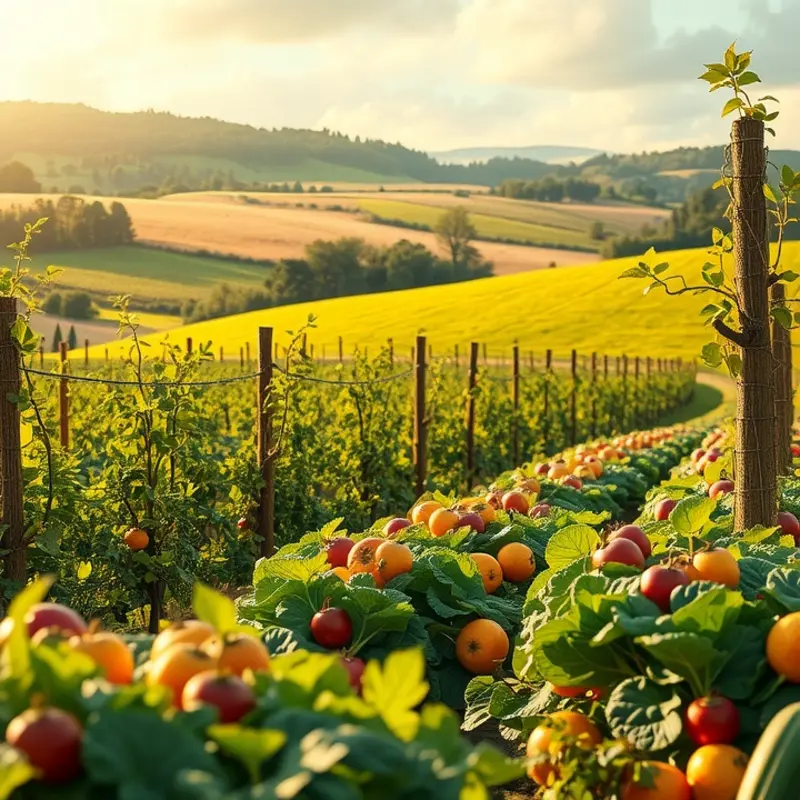
Across the globe, festivals breathe life into communities, marking the rhythm of cultural calendars. Integral to these celebrations are the sumptuous foods that not only tantalize the taste buds but also tell stories of tradition, faith, and family. From the warm and hearty tamales of Mexico to the rich, sweet pastries of Hanukkah, each dish carries a piece of its culture’s soul.
During Christmas in Mexico, tamales take center stage. Made from masa, a type of dough made from nixtamalized corn, tamales are often filled with meats, cheeses, and chilies, then wrapped in corn husks and steamed. This process of preparation is as much about gathering as it is about cooking. Families often unite for a tamalada, a social event where the making of tamales is a communal effort. The tamal’s ancient history dates back to the Aztecs and Mayans, making it both a dish of sustenance and a relic of Mexico’s rich indigenous past.
In Jewish households around the world, Hanukkah is celebrated with an abundance of fried delicacies, symbolizing the miracle of the oil that lasted eight days in the Temple. Among these, sufganiyot, fried doughnuts filled with jam or custard and dusted with powdered sugar, stand out. The crisp outer layer perfectly complements the soft, gooey inside. This treat continues to adapt, with modern variations including exotic fillings and decorations, yet the tradition remains deeply rooted in the story of perseverance and faith.
During Ramadan, the daily fast from dawn until sunset culminates in the iftar meal, where a variety of dishes come together to break the fast. In many Muslim cultures, dates and water are the first bites taken, reminiscent of the Prophet Muhammad’s practice. The spread often includes hearty stews, aromatic rice dishes, and a range of breads. From the Middle Eastern lamb dishes to the intricate desserts like baklava that grace tables, each morsel is a celebration of gratitude and community.
These iconic festival foods not only satiate hunger but serve as tangible connections to our ancestors and shared histories. They remind us of the resilience and creativity within culinary traditions. As we gather to prepare and enjoy these dishes, we reinforce the cultural bonds that have been passed down through generations.
To further explore how these traditions and flavors developed over centuries of cultural exchange, consider diving deeper into culinary influences from global trade routes here. This interconnectedness of ingredients and cooking methods showcases how festival foods are both timeless and ever-evolving, adapting to the dynamic tapestry of global cultures.
Street Food Festivals: Culinary Adventures Beyond Borders
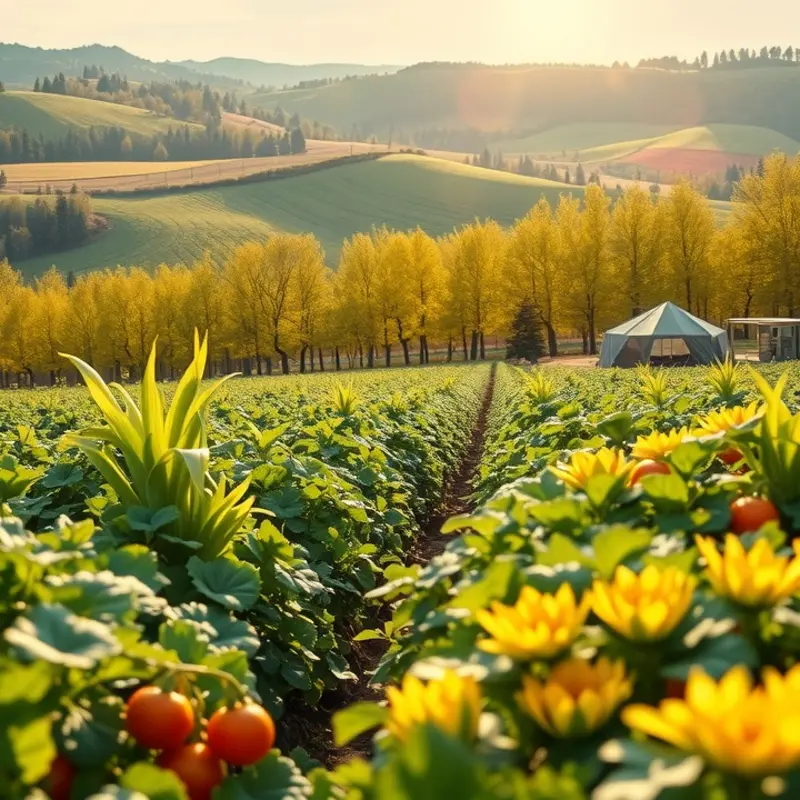
Street food festivals capture the essence of culinary diversity and social vibrancy. These events are not merely a collection of food stalls; they are lively showcases of culture and tradition. Picture the bustling streets of Bangkok during the Songkran Festival, where the aroma of lemongrass and chili peppers fills the air. Vendors delight passersby with dishes like Pad Thai and Mango Sticky Rice, embodying the rich flavors of Thai cuisine.
In Taipei’s Night Market, street food vendors transform the evening into a sensory playground. Here, the famous Oyster Omelette steals the spotlight with its savory, gelatinous texture and spicy sauce. It’s not just about the food; it is a symbol of late-night community gatherings, where friends and families bond over shared bites. Travelers to Taipei can learn how local ingredients affect flavors by exploring ingredient-based guides like those found here.
Meanwhile, in the heart of Seoul, street vendors serve Tteokbokki—chewy rice cakes drenched in a sweet, hot red chili sauce. The dish’s iconic status is reflective of Korea’s communal food culture, enjoyed by young and old, often paired with a steaming cup of fish cake soup.
In Turkey, the aroma of Kebabs grilling over open fires is irresistible. Each skewer is a testament to centuries of tradition, combining expertly marinated meats with vibrant spices. Whether wrapped in soft pita bread or served alongside fragrant rice, Turkish Kebabs offer a taste of history with every bite.
Travel across the globe to Argentina, where Empanadas reign supreme at local markets. These flaky pastries are filled with seasoned meats, cheese, or vegetables, each region offering its own unique twist. Empanadas are more than just snacks; they are carriers of familial stories, often originating from age-old recipes passed down through generations.
Street food vendors often play the role of cultural ambassadors. They share not only their delicacies but also snippets of their lives and heritage. The stories behind each dish offer glimpses into local customs and traditions, enriching the tasting experience beyond mere consumption.
Unfortunately, street food is sometimes seen as less nutritious than home-cooked meals. However, vendors increasingly integrate fresh, local ingredients and innovative cooking techniques. Many aim to balance flavor with nutrition, challenging this perception and showcasing the potential of street food to nourish both body and soul.
Embracing street food during festivals also means embracing a more conscious approach to eating. Travelers can engage with locals, learn about food origins, and appreciate the symbiotic relationship between food, culture, and identity. As street food festivals continue to evolve, they will remain dynamic melting pots of culinary ingenuity and cultural expression, transcending borders and uniting people through the universal language of food.
Final words
Festival foods are not merely meals; they serve as bridges connecting us to different cultures and histories. As diverse as the ingredients used in their preparation, these foods encapsulate a sense of shared joy and celebration. From the intimate gatherings of families to the grand street fairs of cities, each bite tells a story of tradition and community. Embracing global festival foods not only enriches our palates but also broadens our understanding of the world, encouraging appreciation for cultural diversity. The next time a festival approaches, explore the culinary offerings and savor the flavors that unite us all.




